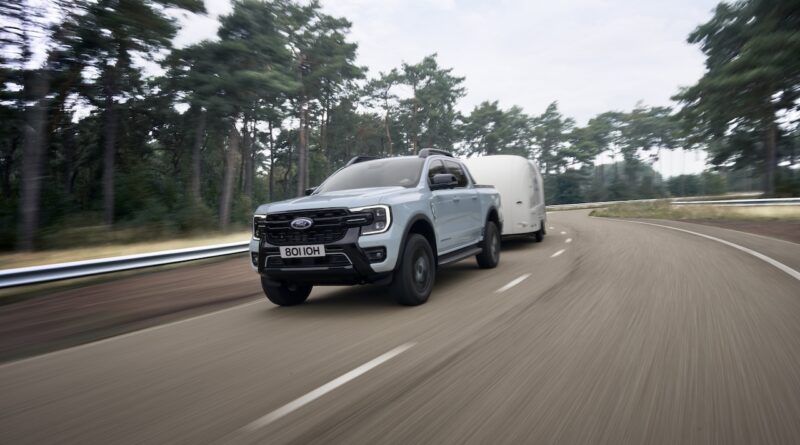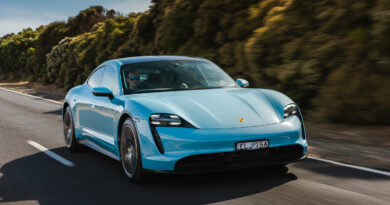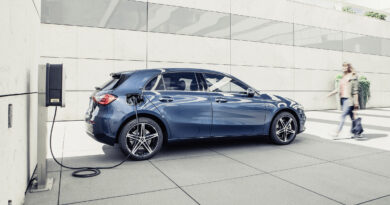Ford Ranger PHEV unveiled with multiple model choices: It might not be as expensive as you fear
The new plug-in hybrid EV version of the Ford Ranger will come in at least four grades, providing hope pricing might be more affordable than first expected.
Unveiled on Monday evening at the Hanover commercial vehicle show in Germany, the Ranger PHEV looks like any other dual-cab ute in the top-selling range except for the charging pod on its left-hand side.
READ MORE: Electrified Ford Ranger on the way as Ford lays out EV plans
READ MORE: New Ford Capri revived as an electric SUV-coupe with hot hatch performance, 645km range
READ MORE: 2024 Ford E-Transit Custom review: Is this the electric van to tempt delivery drivers out of their Toyota Hiaces?
But underneath the skin the petrol-electric Ranger is targeting “over” 45km in electric range, adds Vehicle to load (V2L) capability but is claimed to retain 3500kg braked towing and have unfettered off-road skills.
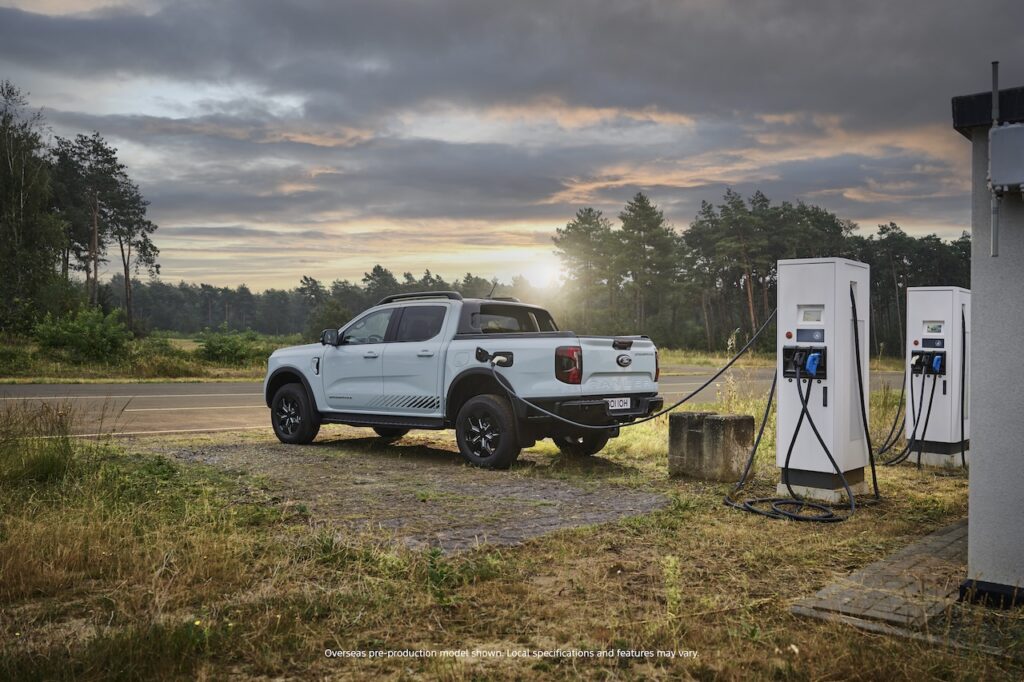
Ford has confirmed a model walk through XLT, Sport, Wildtrak and launch edition Stormtrak.
Initial reporting had suggested a single PHEV Ranger model priced above the high-performance Ranger Raptor, which suggested a $100,000-plus price.
But the multi-model line-up means the Ranger might get closer on price to the BYD Shark plug-in hybrid, which soon launches in Australia with a starting price expected close to $70,000.
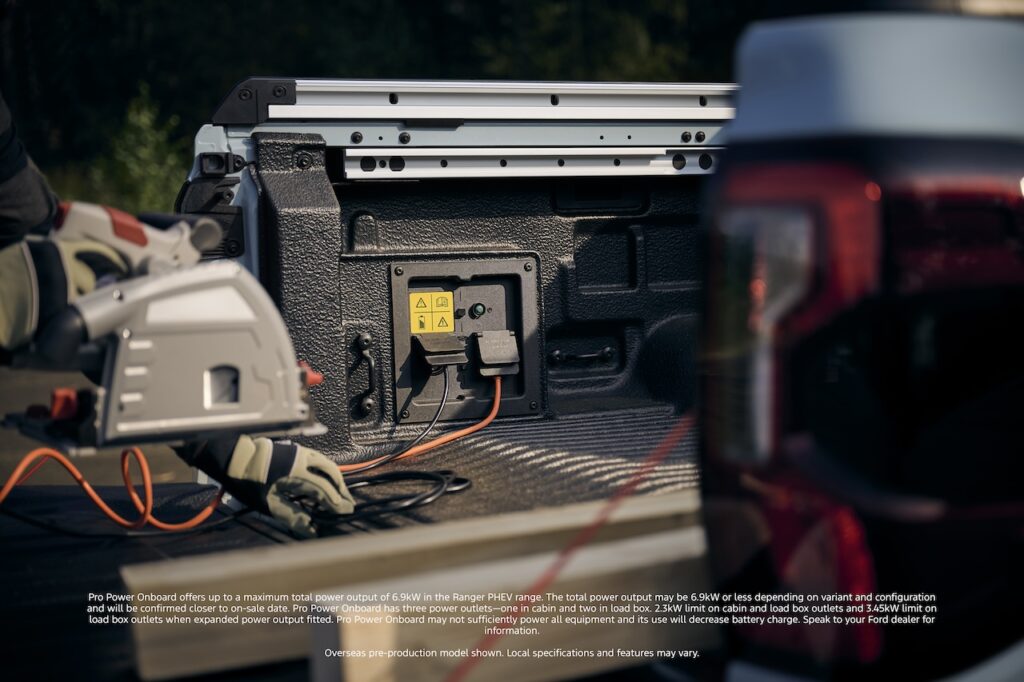
Not that Ford was giving away pricing for the Ranger PHEV on Monday, nor stating the combined outputs of the system’s 2.3-litre turbo-petrol four-cylinder battery and 75kW electric motor, fuel consumption or payload numbers, although Ford says the latter is maintained.
Combined range produced via the engine and 11.8kWh battery pack mounted under the tray also remains a mystery, as does the claimed fuel consumption.
However, outputs will topple any current diesel Ranger, given the petrol engine makes 222kW and 452Nm before electrical assistance is added.

Ford has already confirmed torque output will be beyond 600Nm.
So how does the new PHEV system work?
The new Modular Hybrid Transmission (MHT) integrates Ranger PHEV’s e-motor and a separator clutch between the engine and transmission, allowing petrol, electric and hybrid driving.
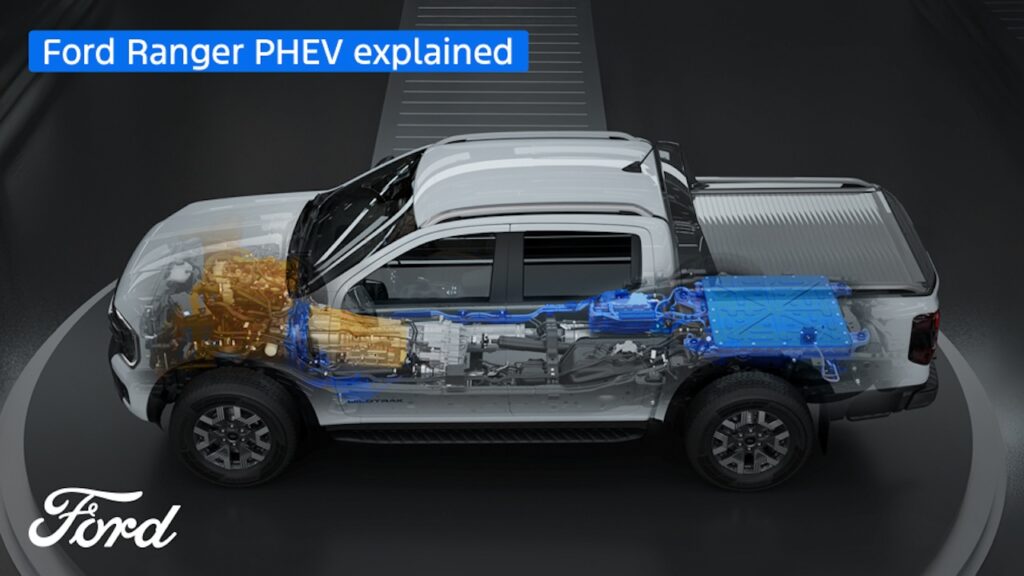
The traction battery is packaged between specially engineered frame rails.
Using a standard household plug, Ranger PHEV can be charged to full in about six hours. Wallbox charging should lower that charge time.
The e-motor allows Ranger PHEV to deliver electric driving capability and drivers can choose when and how to use battery power using Auto EV, EV Now, EV Later or EV Charge modes.
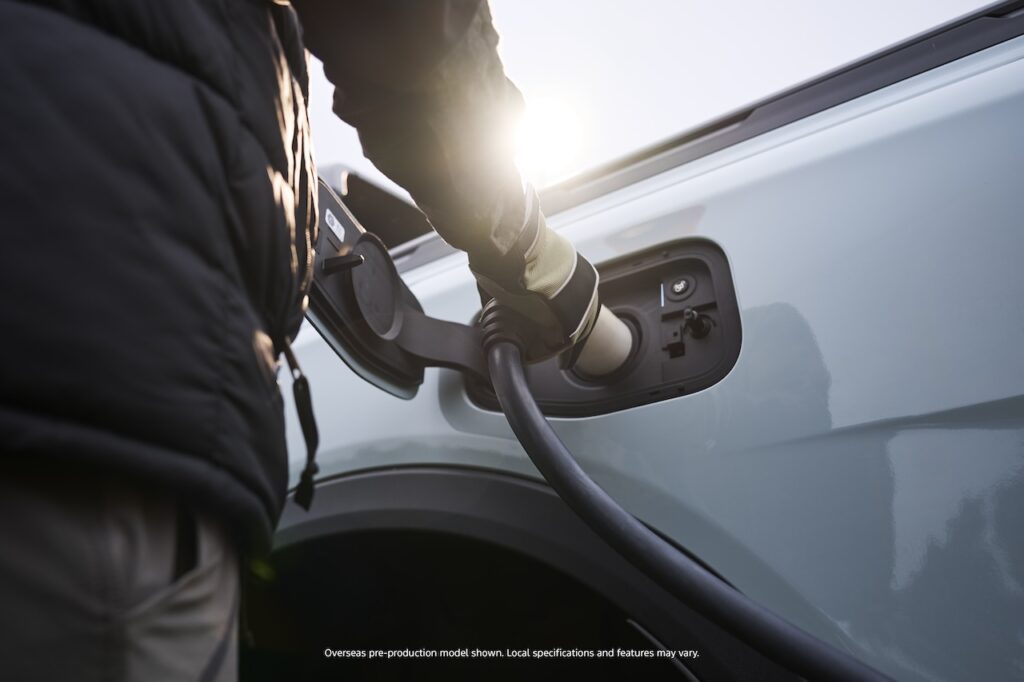
The e-motor provides additional torque and power and regenerative braking is claimed to help improve fuel efficiency.
A sport mode borrowed from the Raptor is added to the Ranger’s existing on- and off-road drive modes in the Ranger’s Terrain Management System.
The off-road chops of the Ranger PHEV should be boosted by the e-motor’s lag-free instant torque. Other off-roading features such as the full-time 4×4 system, dual-range transfer case and rear diff lock transfer from the orthodox Ranger ute.
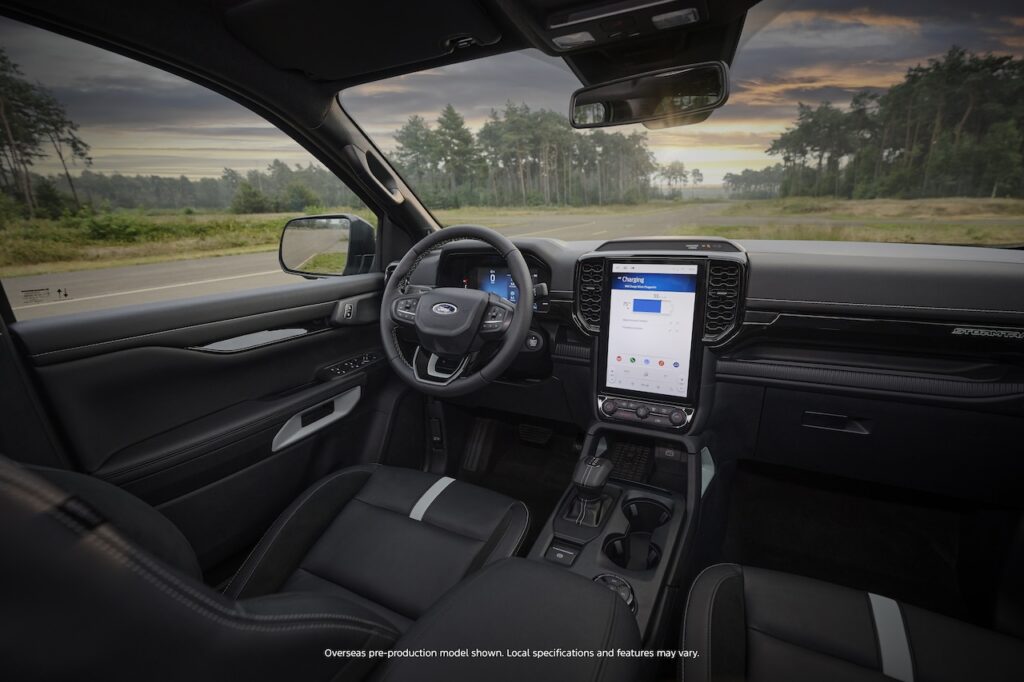
Ranger PHEV’s V2L – dubbed Pro Power Onboard- technology provides the ability to power high-draw tools simultaneously on a job site or keep a fridge and lights running, and devices charged, while camping off-grid.
The PHEV system offers up to 6.9kW of combined output across regular AC power outlets; the ones in the load area can supply up to 15 amps, or 3.45kW.
The Stormtrak launch edition offers unique design features with 18-inch alloy wheels, honeycomb grille, fender vents and decal kit, matrix LED headlamps, Flexible Rack System, Pro Trailer Backup Assist and a 360-degree camera as standard.
Unlike diesel Rangers sold in Australia, which are built in Thailand, the Ranger PHEV will be built in Silverton, South Africa, the same plant that manufactures Volkswagen Amaroks sold in Australia.

